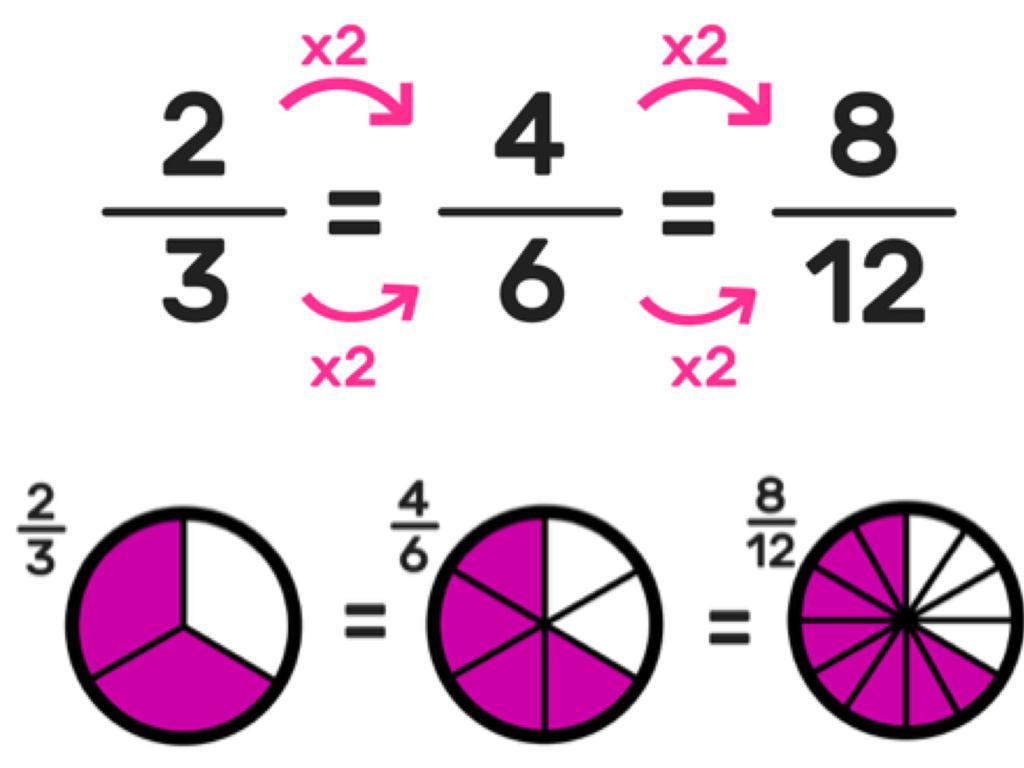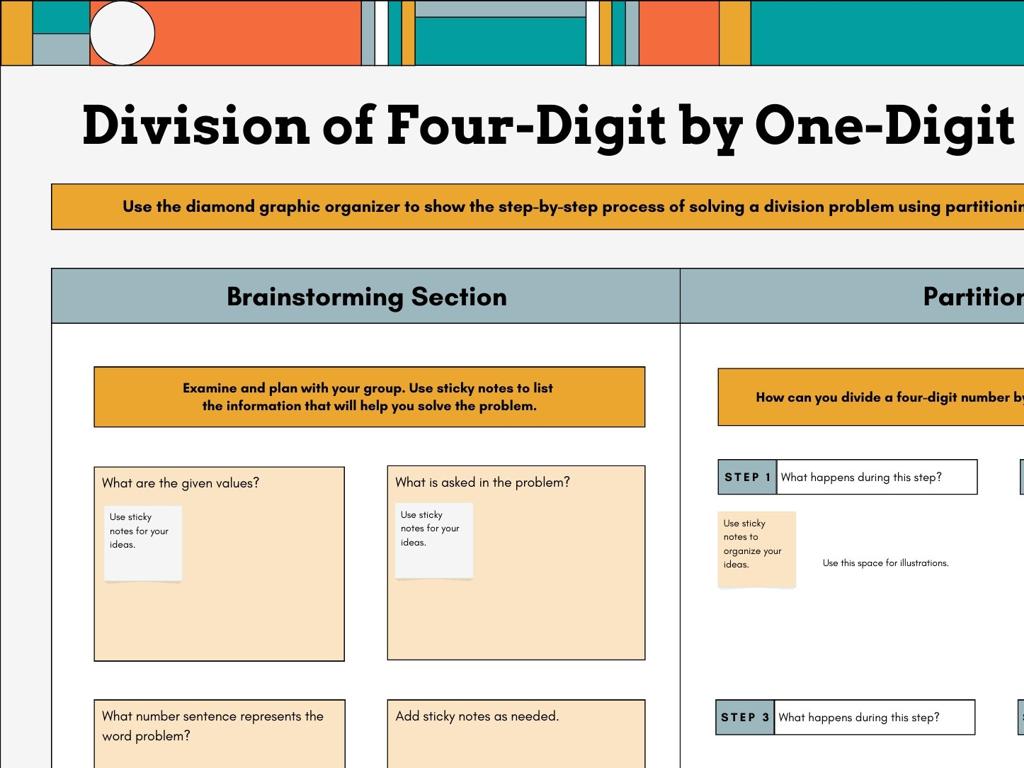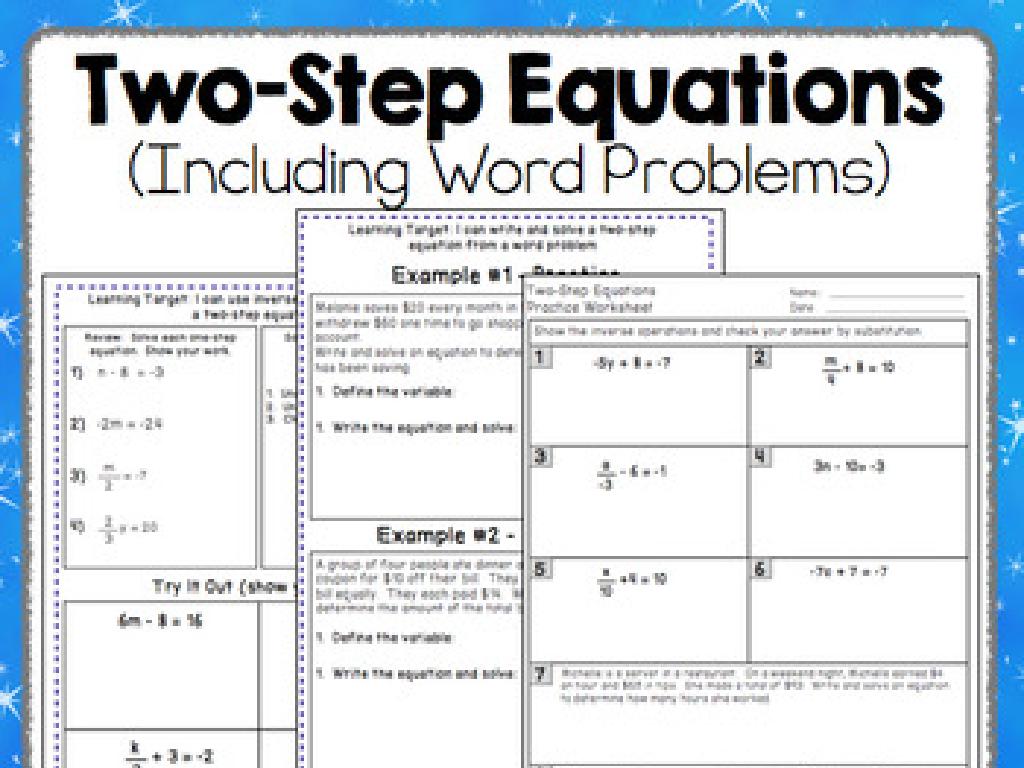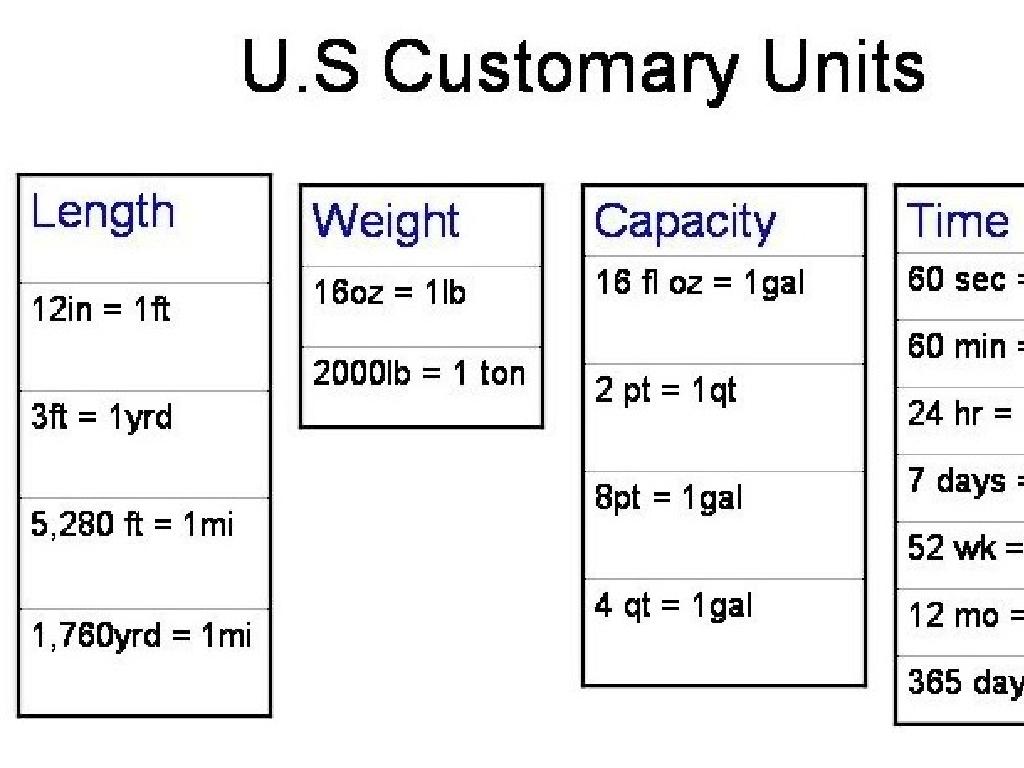Commas With Nonrestrictive Elements
Subject: Language arts
Grade: Seventh grade
Topic: Restrictive And Nonrestrictive Elements
Please LOG IN to download the presentation. Access is available to registered users only.
View More Content
Commas with Nonrestrictive Elements
– Nonrestrictive vs. restrictive elements
– Nonrestrictive elements aren’t essential to the sentence’s meaning, unlike restrictive elements.
– The role of commas in clarity
– Commas help readers know which parts of a sentence are additional info.
– Examples of nonrestrictive elements
– ‘My brother, who is a doctor, lives in Canada.’ The clause ‘who is a doctor’ is nonrestrictive.
– Practice punctuating sentences
|
This slide introduces the concept of nonrestrictive and restrictive elements and the importance of commas in ensuring writing clarity. Begin by explaining the difference between nonrestrictive elements, which are not essential to the meaning of the sentence and can be removed without changing the sentence’s meaning, and restrictive elements, which are essential and cannot be removed without altering the meaning. Emphasize how commas are used to separate nonrestrictive elements from the rest of the sentence, providing clarity to the reader. Provide clear examples to illustrate nonrestrictive elements in sentences. Conclude with an interactive practice where students punctuate sentences correctly, identifying and applying commas with nonrestrictive elements.
Understanding Restrictive Elements
– Define restrictive elements
– Parts of a sentence crucial for its meaning
– Sentences with restrictive elements
– ‘The car that is parked outside is mine.’ The clause specifies which car.
– Impact on sentence meaning
– Changing or removing them alters the sentence’s meaning.
– Practice identifying restrictive elements
|
This slide introduces the concept of restrictive elements in sentences, which are essential to the meaning of the sentence and cannot be omitted without changing what the sentence conveys. Examples should be clear and show how these elements specify and restrict the scope of the subject. Discuss how removing or altering these elements can lead to a change in meaning, potentially leading to ambiguity or a different interpretation. Instruct students to practice by identifying restrictive elements in various sentences and consider how the meaning changes if those elements are removed. This will help them understand the importance of precision in language.
Understanding Nonrestrictive Elements
– Define Nonrestrictive Elements
– Elements not essential to the sentence’s meaning, often set off by commas
– Examples in sentences
– ‘My bike, which is red, is new.’ The color is extra information.
– Nonrestrictive Elements add info
– They provide additional details without changing the sentence’s main point.
– Recognizing extra information
|
Nonrestrictive elements are parts of a sentence that can be removed without altering the fundamental meaning of the sentence. They are often additional pieces of information that the author includes to enhance the description or provide context but are not necessary to understand the main idea. These elements are typically separated from the rest of the sentence by commas. When teaching this concept, provide clear examples and encourage students to identify nonrestrictive elements in sentences. Have them practice by writing sentences that include nonrestrictive clauses and then removing them to see the core meaning remains intact.
Commas and Nonrestrictive Elements
– Commas affect sentence meaning
– Example: ‘Let’s eat, Grandma!’ vs ‘Let’s eat Grandma!’
– Rules for nonrestrictive elements
– Nonrestrictive elements are not essential to the sentence’s meaning and should be set off with commas.
– Comparing sentences with commas
– ‘My brother, who is a doctor, lives in Boston.’ vs ‘My brother who is a doctor lives in Boston.’
– Practice: Identifying nonrestrictive elements
|
This slide aims to highlight the importance of commas in determining the meaning of sentences, especially when dealing with nonrestrictive elements. Begin by explaining how the presence or absence of a comma can completely change the meaning of a sentence, using clear examples. Then, outline the rules for using commas with nonrestrictive elements, which are additional pieces of information that can be removed without altering the sentence’s core meaning. Provide side-by-side comparisons of sentences with and without commas to illustrate the difference. Finally, engage students with practice exercises where they identify nonrestrictive elements in sentences and apply commas correctly. This will help reinforce their understanding of the concept.
Let’s Practice: Nonrestrictive Elements
– Identify nonrestrictive elements
– Elements not essential to the meaning of a sentence
– Add commas in example sentences
– Example: My brother, who is a doctor, lives in Boston.
– Create sentences with nonrestrictive elements
– Use your imagination to write sentences including extra information
|
This slide is designed for a class activity focused on understanding and using nonrestrictive elements with commas. Nonrestrictive elements are parts of a sentence that can be removed without changing the sentence’s essential meaning. They are usually set off with commas. Start by providing students with sentences and have them identify the nonrestrictive elements. Then, guide them to add commas to sentences where these elements are present. Finally, encourage students to create their own sentences that include nonrestrictive elements, reinforcing their understanding of how commas can change the flow and detail of information in a sentence. For the teacher: Prepare a worksheet with sentences for students to work on and consider peer review for the sentences they create.
Group Activity: Crafting Nonrestrictive Elements
– Split into groups, write a paragraph
– Include 3 nonrestrictive elements
– Nonrestrictive elements are not essential to the sentence’s meaning and are set off by commas
– Exchange for review and editing
– Focus on correct comma placement
– Discuss the edits as a class
|
This group activity is designed to help students practice using commas with nonrestrictive elements. Divide the class into small groups and instruct each group to write a short paragraph on any topic they choose. The paragraph must include at least three nonrestrictive elements, which are additional pieces of information that can be removed without changing the meaning of the sentence. After writing, groups will exchange their paragraphs with another group for peer review, focusing on the correct use of commas. Conclude the activity with a class discussion on the edits made, reinforcing the rules and the importance of nonrestrictive elements in sentence structure. Possible activities for different groups could include writing about a historical event, describing a favorite hobby, or creating a fictional character profile.
Class Review: Nonrestrictive Elements
– Review nonrestrictive elements
– Nonrestrictive elements add extra info and are set off by commas, like appositives.
– Discuss common comma mistakes
– Forgetting commas with nonrestrictive clauses, or using them with restrictive clauses.
– Tips to avoid punctuation errors
– Read sentences aloud, listen for natural pauses; ensure that the meaning is clear without the element.
– Engage in Q&A for clarity
– Prepare questions on nonrestrictive elements and their punctuation for discussion.
|
Begin the class by reviewing nonrestrictive elements, which are phrases or clauses that can be removed without changing the sentence’s essential meaning. Emphasize the use of commas to set these elements apart. Highlight common errors, such as using commas with restrictive elements that are crucial to the sentence’s meaning, or omitting commas with nonrestrictive elements. Share tips on how to avoid these mistakes, like reading sentences aloud to check for natural pauses and understanding the sentence’s meaning with and without the element. Conclude with a Q&A session, encouraging students to ask questions about any aspect of nonrestrictive elements they find confusing, ensuring they leave the class with a solid understanding.
Homework: Crafting Stories with Nonrestrictive Elements
– Write a one-page story
– Use Nonrestrictive Elements
– Include extra information not essential to the meaning of the sentence.
– Punctuate with commas correctly
– Place commas before and after nonrestrictive elements.
– Share your story next class
|
This homework assignment is designed to reinforce the concept of nonrestrictive elements and the correct use of commas. Students are tasked with writing a creative one-page story that includes nonrestrictive elements parts of a sentence that can be removed without changing the sentence’s fundamental meaning. They must pay attention to punctuation, ensuring that commas are correctly placed to set off these nonrestrictive elements. In the next class, students will have the opportunity to share their stories, allowing them to demonstrate their understanding and to learn from each other’s use of language. Encourage creativity and remind them that the nonrestrictive elements should add interesting details to their stories.






